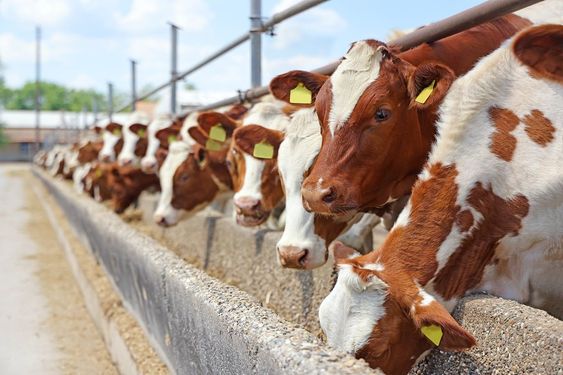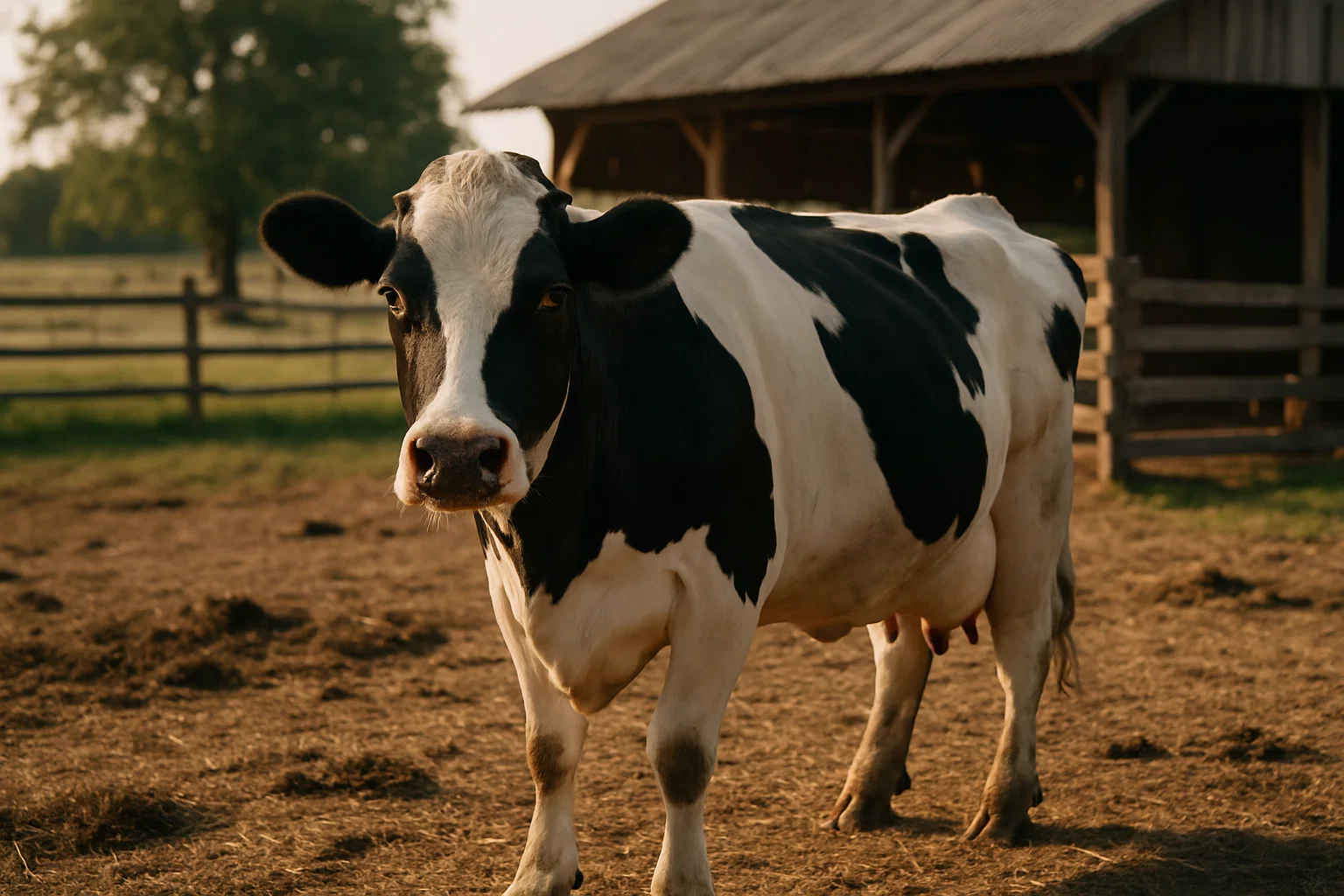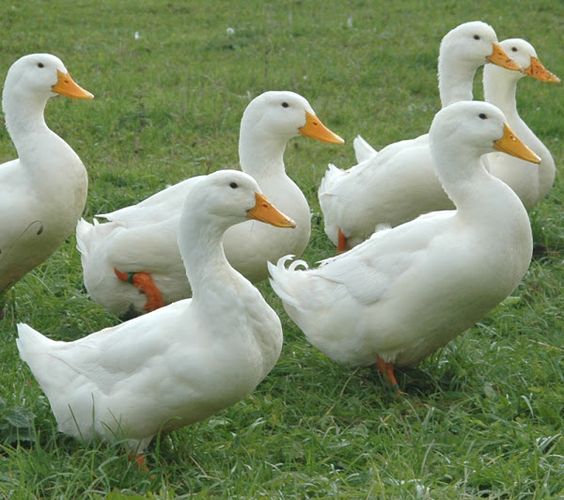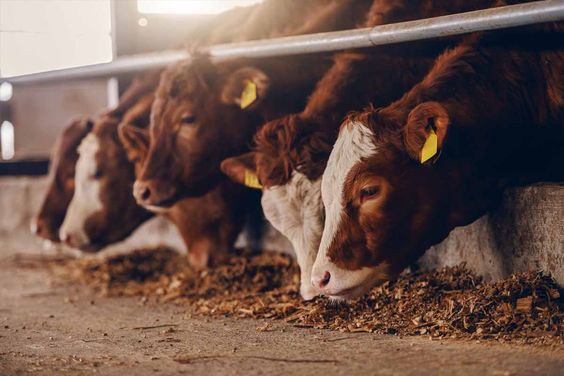Integrated Cattle Farming: A Sustainable Approach to Agriculture
Integrated cattle farming, also known as integrated livestock-cropping systems or mixed farming, is an agricultural practice that combines cattle raising with the cultivation of crops and potentially other agricultural activities. It departs from the traditional model of isolated production systems, promoting a holistic approach where different components interact and create synergies. This article delves into the world of integrated cattle farming, exploring its benefits, objectives, practical ideas, and the numerous advantages it offers for farmers, the environment, and consumers.
Integrated Cattle Farming
Modern agriculture has witnessed an emphasis on specialization, with farms focusing on a single product – either crops or livestock. While this approach can lead to increased efficiency in the short term, it often comes at the expense of environmental sustainability and economic resilience. Integrated cattle farming presents a compelling alternative, fostering a more balanced and interconnected agricultural ecosystem.
Integrated Cattle Farming,By strategically integrating cattle with crop production, farmers create a closed-loop system that optimizes resource utilization and minimizes waste. Livestock manure becomes a valuable source of fertilizer for crops, reducing dependence on synthetic alternatives. Crops, in turn, provide cattle with feed sources, potentially lowering reliance on external feed purchases. This cyclical exchange promotes resource efficiency and cost savings.
Beyond the immediate benefits, integrated cattle farming fosters a more robust and resilient agricultural system. Crop diversification can mitigate risks associated with monoculture farming, where a single crop failure can devastate a farm’s income. Additionally, integrated systems are often better equipped to handle environmental challenges like droughts or floods, as they promote soil health and biodiversity.
Unveiling the Benefits: A Win-Win for Farmers, Environment, and Consumers
Integrated cattle farming offers a multitude of benefits that extend beyond the farm gate. Here’s a closer look at the advantages it presents for various stakeholders:
For Farmers:
- Reduced Costs: Manure from cattle provides a natural fertilizer, potentially reducing dependence on commercially produced fertilizers. Crop residues like straw can be used as bedding for cattle, minimizing waste disposal costs. Additionally, integrated systems can promote better utilization of land and resources, leading to increased overall productivity.
- Improved Soil Health: Manure application helps improve soil structure, fertility, and water retention capacity. This, in turn, enhances crop yields and reduces the need for soil amendments. Healthier soil also translates to reduced erosion and improved water infiltration.
- Increased Farm Income: Integrated systems offer diversification of income streams. Farmers can generate revenue from both crops and livestock, providing a buffer against market fluctuations. Additionally, the sale of high-quality meat or dairy products from healthy, well-fed cattle can fetch premium prices.
- Enhanced Animal Welfare: Integrated systems often allow for more natural grazing opportunities for cattle, improving their overall health and well-being. Reduced reliance on commercially produced feed can also translate to better animal welfare.
For the Environment:
- Reduced Fertilizer Runoff: By utilizing manure as a fertilizer source, integrated systems can minimize the environmental impact associated with synthetic fertilizers. Synthetic fertilizers can leach into waterways, causing algal blooms and disrupting aquatic ecosystems.
- Improved Soil Carbon Sequestration: Healthy soils in integrated systems tend to store more carbon, mitigating the effects of climate change. Increased organic matter content in the soil promotes better carbon sequestration.
- Reduced Reliance on External Inputs: Integrated systems promote closed-loop resource utilization, reducing the need for external inputs like fertilizers and feed. This, in turn, lowers the overall environmental footprint of agricultural production.
- Biodiversity Enhancement: Integrated systems often create more diverse habitats for insects, birds, and other wildlife compared to monoculture farms. This biodiversity plays a crucial role in maintaining healthy ecosystems.
For Consumers:
- Safer Food: Integrated systems often encourage the use of fewer pesticides and antibiotics in cattle production. This can lead to the availability of safer and healthier meat and dairy products for consumers.
- Improved Food Quality: Animals raised in integrated systems may benefit from a more natural diet and improved living conditions. This can translate to better-quality meat and dairy products with enhanced taste and nutritional value.
- Enhanced Transparency: Consumers increasingly seek information about the origin and production methods of their food. Integrated systems often involve smaller, more transparent farming practices, allowing consumers to connect with the source of their food.
Embracing Integrated Cattle Farming: Objectives and Practical Considerations
Objectives of Integrated Cattle Farming:
The core objectives of integrated cattle farming are to:
- Optimize resource utilization by minimizing waste and maximizing the use of on-farm resources.
- Enhance farm productivity by creating synergies between crop and livestock production.
- Improve soil health and fertility for long-term agricultural sustainability.
- Reduce dependence on external inputs like synthetic fertilizers and commercially produced feed.
- Promote animal welfare by providing cattle with a more natural and healthy environment.
- Contribute to environmental sustainability by mitigating negative environmental impacts associated with conventional agriculture.
Implementation Strategies and Practical Ideas
Transitioning to integrated cattle farming requires careful planning and consideration of various factors. Here are some key aspects to address:
1. Choosing the Right Livestock and Crops:
- Climate and Land Suitability: Select cattle breeds and crops that are well-adapted to your local climate and soil conditions. Consider factors like heat tolerance, feed requirements, and market demand for specific livestock and crops.
- Complementary Choices: Opt for crops that can provide feed sources for cattle while also benefiting from their manure. Some examples include legumes (alfalfa, clover), corn for silage, and small grains for grazing.
- Scale and Management: Start small and scale up gradually as you gain experience with integrated systems. Consider the available land, resources, and your management expertise when determining the size and complexity of your integrated operation.
2. Planning Crop Rotations and Grazing Systems:
- Crop Rotations: Plan crop rotations that incorporate nitrogen-fixing legumes to enhance soil fertility and provide natural weed control. This reduces reliance on synthetic fertilizers and herbicides.
- Grazing Management: Implement rotational grazing practices to prevent overgrazing and promote healthy pasture growth. Consider using temporary fencing to create smaller grazing areas for cattle.
- Forage Integration: Plant forage crops specifically for cattle grazing within your cropping system. This can provide high-quality feed while diversifying your overall production.
3. Manure Management and Utilization:
- Composting: Compost manure before application to crops to reduce weed seed germination and potential pathogen transmission. Composting also improves nutrient availability and soil health.
- Manure Application Techniques: Utilize appropriate manure application techniques based on soil type, crop needs, and weather conditions. This ensures optimal nutrient utilization and minimizes environmental risks.
- Manure Storage: Develop a proper manure storage plan to prevent contamination of water bodies and ensure compliance with environmental regulations.
4. Infrastructure and Resource Management
- Fencing: Invest in adequate fencing to manage livestock movement within the integrated system and protect crops from grazing damage.
- Water Access: Ensure sufficient access to clean water for both cattle and irrigation purposes. Consider rainwater harvesting or alternative water sources to improve sustainability.
- Record Keeping: Maintain detailed records of crop yields, livestock performance, manure application rates, and other relevant data. This information is crucial for monitoring progress, making adjustments, and demonstrating responsible management practices.
Integrated Cattle Farming in Action: Inspiring Ideas
1. Crop-Livestock Integration:
- Alfalfa-Beef Cattle System: Alfalfa, a nitrogen-fixing legume, can be grown in rotation with other crops. It provides high-quality hay for cattle while improving soil fertility for subsequent crops.
- Corn-Dairy System: Corn stover, a residue from corn production, can be used as silage for dairy cows. Cow manure can then be used to fertilize the cornfields, closing the nutrient cycle.
- Integrated Rice-Cattle Farming: Rice paddies can be used for grazing cattle after harvest. Cattle waste provides nutrients for the rice crop, while rice straw can be used as bedding for cattle.
2. Aquaponics and Integrated Cattle Farming Systems:
- Integrated Aquaponics-Cattle Farming: Combine fish farming (aquaponics) with cattle production. Fish waste provides a natural nutrient source for plants grown in a hydroponic system. Cattle manure can be composted and used to supplement the aquaponic system, creating a closed-loop system.
3. Agroforestry and Integrated Cattle Farming:
- Integrating Trees with Cattle and Crops: Plant trees in strategic locations within your integrated system. Trees can provide shade for cattle, improve soil health, and offer wind protection. Additionally, some tree species can be fodder sources for livestock.






